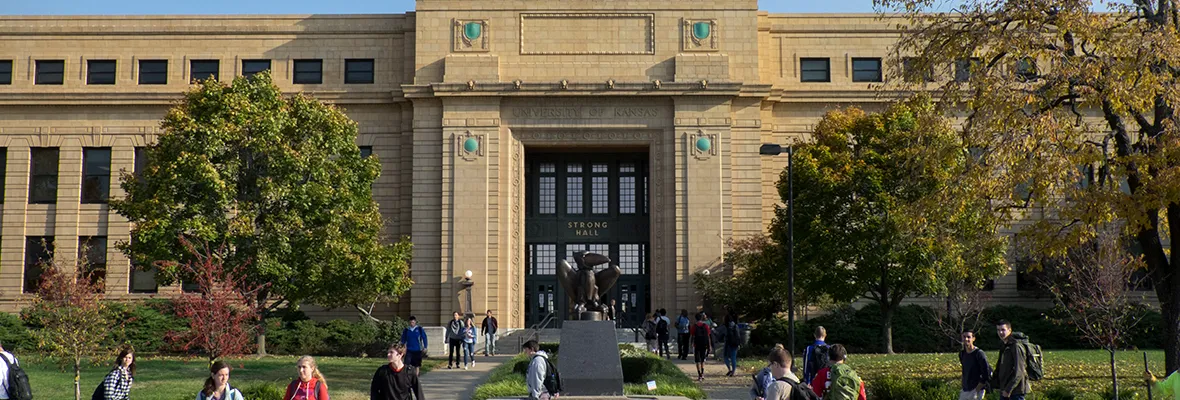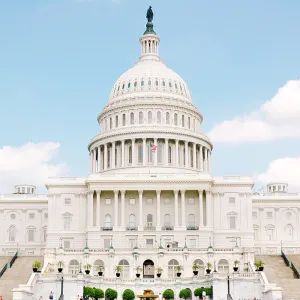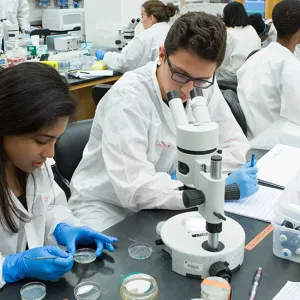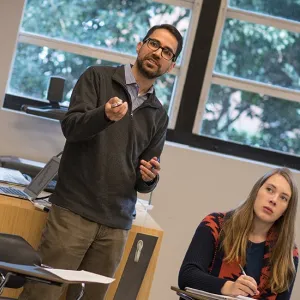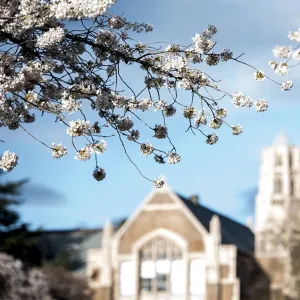This report describes activities being undertaken by universities to prevent and respond to campus sexual assault and misconduct. It is intended primarily to help Association of American Universities (AAU) members and other colleges and universities strengthen their efforts to combat sexual assault and misconduct on campus. The report follows up on the Campus Climate Survey on Sexual Assault and Sexual Misconduct, a large-scale campus climate survey conducted by AAU in 2015.
Most information in this report comes from a follow-up survey of AAU members that focused on activities to address sexual assault and misconduct (Campus Activities Survey), conducted in fall 2016. The survey asked university administrators about the kinds of activities institutions are engaging in, about collaborations and partnerships, and about the resources being devoted to these efforts. It also asked institutions to provide specific examples of programs, training, and other activities. The objectives of this report are:
- To collect and compile information about activities at AAU member universities and to share this information among AAU members and other higher education institutions to inform ongoing work,
- To understand how climate surveys fit within the broader context of the many activities that AAU universities are undertaking to address these serious issues, and
- To inform students, parents, policymakers, and others about what universities are doing to ensure a safe learning environment.
Fifty-five of AAU’s 62 universities completed the survey, and 61 institutions provided examples of activities being undertaken. These 61 institutions are public and private research universities located in 28 U.S. states and two Canadian provinces. Together these institutions enroll nearly 1.9 million students, including 1.3 million undergraduates and 600,000 graduate and professional students. They also employ more than 700,000 faculty and staff.
Sexual assault and misconduct is a serious societal issue,3 and the problem of campus sexual assault and misconduct have specifically received increased attention in recent years. These issues remain prominent not just on campuses but in the media, in the concerns of state and federal policymakers, and in public discourse. Work on campus sexual assault goes back at least as far as the 1950s, but several key studies were conducted in the early 2000s, including the National College Woman’s Sexual Violence Survey (NCWSV) (Fisher et al., 2000) and the College Sexual Assault study (CSA) (Krebs et al.,2007). These studies surveyed students about their experiences and attitudes, an approach highlighted in 2014 by the Obama Administration’s White House Task Force to Protect Students from Sexual Assault, which called surveys the best way to identify the problem of campus sexual assault.
In late 2014, AAU contracted with Westat, a leading social science research firm, to conduct a survey of undergraduate, graduate, and professional students at its member universities. The Campus Climate Survey on Sexual Assault and Sexual Misconduct was developed by Westat and a multi-disciplinary design team created by A AU and composed of recognized experts on survey design and methodology, as well as campus leaders directly responsible for dealing with sexual assault and misconduct and issues of gender, health, and student affairs. The survey was designed to assess the incidence, prevalence, and characteristics of incidents of sexual assault and misconduct. It also assessed the overall climate of campuses with respect to perceptions of risk, knowledge of resources available to victims, and perceived reactions to an incident of sexual assault or misconduct.
The survey was administered in April and May of 2015 at 26 (10 private, 16 public) AAU member universities, plus one private non-AAU institution. More than 150,000 students completed the survey, including around 92,000 undergraduate students and around 58,000 graduate and professional students. The study was one of the first to look at these issues across a wide range of universities applying a consistent set of definitions and methodology and producing statistically reliable estimates for each participating institution. One of the most striking results was the wide variation across institutions, which suggested the need for responses individually tailored to the needs of specific campuses.
This report will shed light on what is being done, in part, as a result of the information gleaned from the 2015 AAU Campus Climate Survey and other surveys on AAU campuses.
The survey has been widely cited and is now viewed as a key resource for understanding and responding to these issues. The primary goal of the survey was to help participating institutions better understand the attitudes and experiences of their students with respect to sexual assault and misconduct on campus so they could improve the efficacy of their policies and practices in this area.
This report will shed light on what is being done, in part, as a result of the information gleaned from the 2015 AAU Campus Climate Survey and other surveys on AAU campuses. There are no known “magic bullets” for stopping sexual assault and misconduct on campus. Campuses are actively engaged in assessing the effectiveness of their approaches, and will find significant benefit in sharing with each other information about what has been tried and what appears to work. Indeed, the institutions featured in this report can serve as experimental laboratories for different approaches to addressing these issues. Other institutions of higher education may find it useful to adapt programs and practices developed at the universities featured here.
Understanding campus sexual assault and misconduct involves tackling complex issues. One example is the interplay of reporting and prevalence rates. Institutions are simultaneously seeking to lower barriers to reporting and lower the overall number of incidents. An institution that successfully lowers barriers to reporting may witness a seeming increase in prevalence rates due to a higher percentage of incidents being reported. (One institution reported a 43% increase in reporting since 2014, attributed largely to that university’s comprehensive program of awareness and education.) Teasing out the full picture may be complex, requiring contextualization and the comparison of multiple sources of information.
Universities are striving to strike the right balance between protecting victims and providing due process protections for students accused of committing violations (respondents). Universities have worked not only to address the significant needs of victims but also to ensure that respondents are treated fairly and are provided with equitable services and a clear understanding of the university’s processes and available resources.
Institutions are simultaneously seeking to lower barriers to reporting and lower the overall number of incidents.
This report is organized into six sections, encompassing a range of actions that are being taken on campuses to address problems related to sexual assault and misconduct:
1. Surveys
Student surveys are a key way for universities to understand the scope of the problem. Prevalence of particular kinds of sexual assault and misconduct as well as who is being victimized and the circumstances of victimization. Surveys also provide vital information about knowledge of and attitudes toward campus resources. Institutions are conducting surveys on their own and as part of larger initiatives, and are using the information gleaned from surveys to develop and enhance their programs and resources.
2. Education & Training
Universities have taken responsibility for training students, faculty, and staff to help prevent and respond to sexual assault and misconduct. Subjects for training include bystander intervention, knowledge of campus policies, and awareness of campus resources. Institutions have developed and enhanced training and education, and tailored many programs for particular student populations. They are also utilizing peer training models to increase student engagement.
3. Student Support
Institutions have taken steps to support students involved in incidents of sexual assault and misconduct. They are working to lower barriers to reporting, assist victims in navigating campus and off-campus resources, reduce detrimental effects to victims’ physical and emotional health and academic progress, and ensure fair treatment of respondents.
4. Developing a Campus Ecosystem
Survey data constitute only one source of information that plays a role in informing campus responses to sexual assault and misconduct. Universities are increasing collaboration between different offices to facilitate more effective and efficient responses. Among various steps, they are integrating survey data with other sources of information and pursuing further investigation of specific issues identified by surveys to help craft appropriate and effective responses.
5. Resources
Universities are devoting more resources to issues of sexual assault and misconduct, hiring new staff, and enhancing training for existing staff. Resources are being increased for victim and respondent student support; student, faculty, and staff education and training; law enforcement; and other areas. Universities have adopted different strategies to deploy the necessary resources in the most efficient manner.
6. Measuring Change
Universities are continually collecting information on the use and effectiveness of programs, and using what they learn to enhance those programs. They are paying particular interest in finding ways to increase the state of knowledge among students, faculty, and staff about sexual assault and misconduct and about universities’ policies and resources.
Combating sexual assault and misconduct involves cultural change, and students are an indispensable part of the equation.
This report demonstrates that institutions are acting to put student safety first. As shown in many of the highlighted examples, they are frequently working in partnership with students and communities. Combating sexual assault and misconduct involves cultural change, and students are an indispensable part of the equation. Many students are driving change and are working alongside campus administrators to ensure that the university environment remains focused on the learning and living experiences that they expect and deserve.
